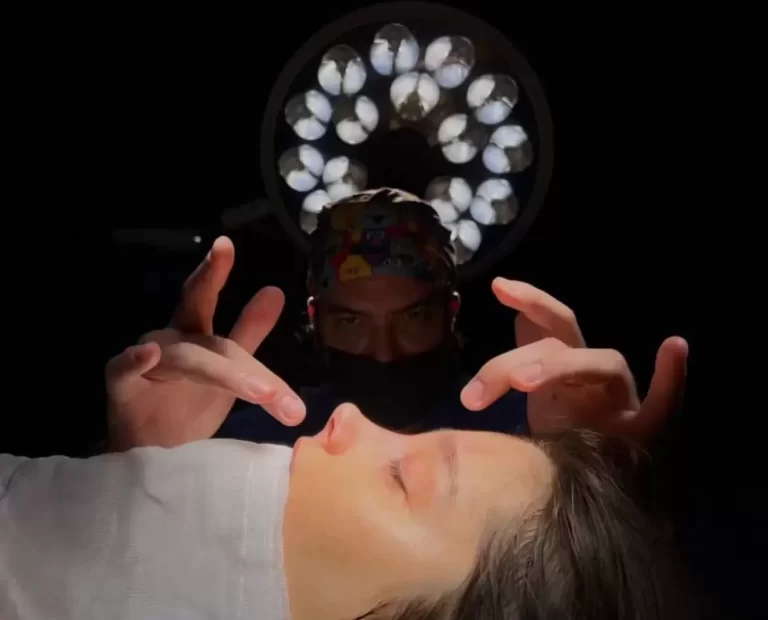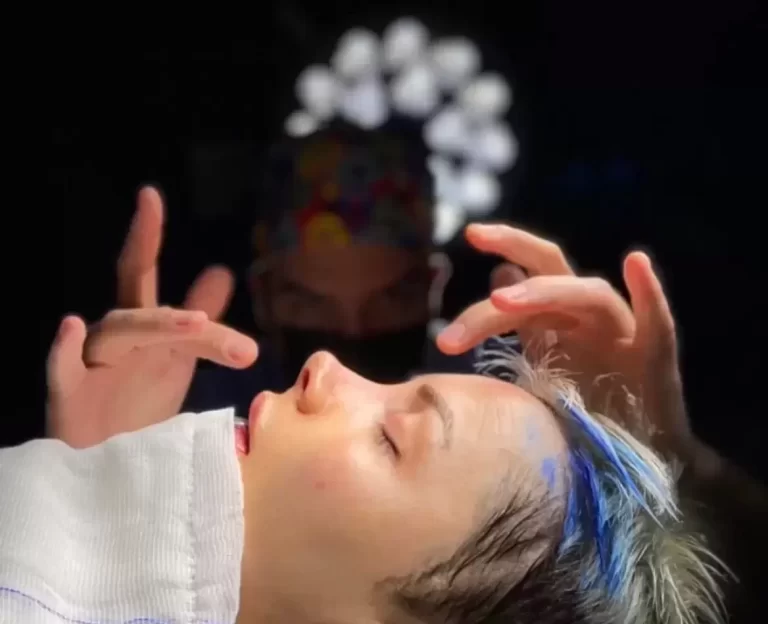Ethnic rhinoplasty in Turkey is a specialized surgical approach aimed at enhancing the nasal appearance while respecting and preserving the patient’s ethnic characteristics. With a focus on achieving facial harmony and natural aesthetics, this procedure addresses the unique nasal features and concerns of individuals from diverse ethnic backgrounds. Surgeons performing ethnic rhinoplasty in Turkey possess extensive knowledge of bone structure, skin thickness, and cartilage variations specific to different ethnicities.
Through meticulous planning and advanced techniques, these skilled professionals strive to create balanced and proportionate noses, ensuring patient satisfaction and delivering long-term results. The popularity of ethnic rhinoplasty in Turkey stems from its commitment to combining medical expertise with artistic sensibility to achieve transformative yet culturally sensitive outcomes.
Purpose of the Surgery | The primary goal is to refine nasal shape or size without erasing ethnic characteristics. This may include adjustments to the bridge, tip, or nostril width, and is especially suited to addressing common concerns in African, Asian, Hispanic, and Middle Eastern nose structures. |
Common Modifications | Modifications often include bridge augmentation, nostril narrowing, tip refinement, or reshaping the alar base. Augmentation using cartilage grafts, such as ear or rib cartilage, is common for low or flat nasal bridges. |
Techniques Used | Depending on the patient’s needs, both open and closed techniques are used. Cartilage grafts, synthetic implants, or dermal fillers may be applied for bridge augmentation. Advanced techniques ensure subtle, natural enhancements, preserving a person’s natural profile and ethnicity. |
Anesthesia | General anesthesia is typically used, though some minor adjustments may be performed with local anesthesia. |
Ideal Candidates | Ethnic rhinoplasty is ideal for individuals who wish to address functional or aesthetic nasal concerns without compromising their ethnic identity. Candidates should have a clear understanding of the realistic outcomes that can be achieved with this procedure. |
Recovery Process | Recovery time is generally similar to traditional rhinoplasty, with initial swelling and bruising subsiding within 1-2 weeks. Patients usually return to regular activities in about 10-14 days, although complete healing can take several months as swelling gradually subsides. |
Post-Surgery Care | Avoiding trauma, using prescribed nasal care products, and refraining from strenuous activities are essential during the first few weeks. Sleeping with the head elevated and avoiding sun exposure can also support optimal healing. |
Potential Complications | Risks include infection, scarring, asymmetry, or prolonged swelling. Experienced surgeons help minimize these risks by taking a personalized approach and understanding the patient’s unique facial structure. |
Importance of a Specialist | Ethnic rhinoplasty requires a surgeon experienced in working with diverse nasal anatomies to ensure results that respect and enhance ethnic features. Specialists understand the unique challenges and goals specific to different ethnic groups. |
Table of Content
One of the Best Surgeons for Ethnic Rhinoplasty in Turkey

Prof. Dr. Murat Songu is recognized as one of the top surgeons for ethnic rhinoplasty in Turkey, respecting and preserving cultural and ethnic identity while enhancing nasal aesthetics. His individualized approach ensures harmony with the patient’s unique facial features and background.
What Is Ethnic Rhinoplasty?
Ethnic rhinoplasty is a specialized surgical procedure that focuses on altering the appearance of the nose while maintaining the unique ethnic characteristics of the patient. Unlike conventional rhinoplasty, which aims for a standardized aesthetic, ethnic rhinoplasty takes into account the diverse nasal features found in different ethnic groups. Surgeons who perform ethnic rhinoplasty possess a deep understanding of the anatomical nuances and variations specific to each ethnicity.
Through careful assessment and planning, they strive to achieve a balanced and harmonious nose that complements the patient’s facial features and maintains cultural identity. Ethnic rhinoplasty requires meticulous surgical techniques tailored to each individual’s specific needs, ensuring natural-looking results that enhance the patient’s ethnic beauty and self-confidence.
How Is Ethnic Rhinoplasty Performed?
Ethnic rhinoplasty is a meticulous surgical procedure tailored to the unique nasal characteristics of individuals from diverse ethnic backgrounds. The surgery begins with a comprehensive pre-operative assessment, including a detailed analysis of the patient’s facial structure, nasal proportions, and specific ethnic features. Surgeons employ advanced techniques, such as closed rhinoplasty, to minimize tissue damage and preserve the integrity of the nasal structures.
Depending on the patient’s ethnic background, the procedure may involve reducing the nasal bridge, refining the nasal tip, narrowing the nostrils, or addressing other specific concerns. Cartilage grafts or implants may be utilized to enhance the shape, length, or projection of the nose. The primary objective of ethnic rhinoplasty is to attain aesthetically pleasing outcomes that seamlessly blend with the patient’s facial features, ensuring a harmonious appearance that honors their distinct ethnic background.
Recovery Process After Ethnic Rhinoplasty
The recovery process following ethnic rhinoplasty is a crucial phase for optimal healing and successful outcomes. After the procedure, patients can expect some initial swelling and bruising around the nose and possibly the eyes. Prescribed medications can effectively alleviate and manage pain and discomfort.
It is common for a splint or cast to be placed on the nose to support its new shape and provide stability during the healing process. Patients are advised to keep their head elevated and avoid any strenuous activities that could impact the nose. Follow-up appointments with the surgeon are essential to monitor progress and remove any sutures or packing materials. While individual recovery times may vary, most patients can expect a gradual reduction in swelling over several weeks, with final results becoming apparent after several months. Patience and adherence to post-operative instructions are crucial for achieving the desired outcome of ethnic rhinoplasty.
Before & After Photos














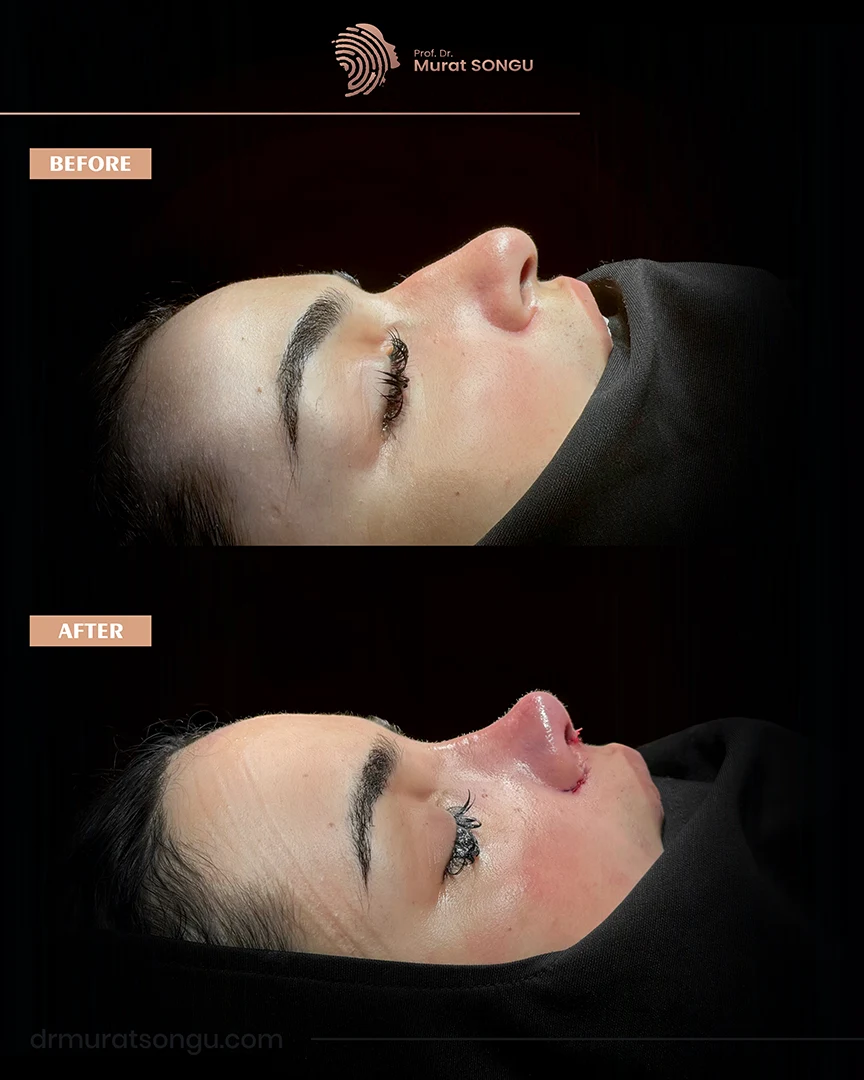
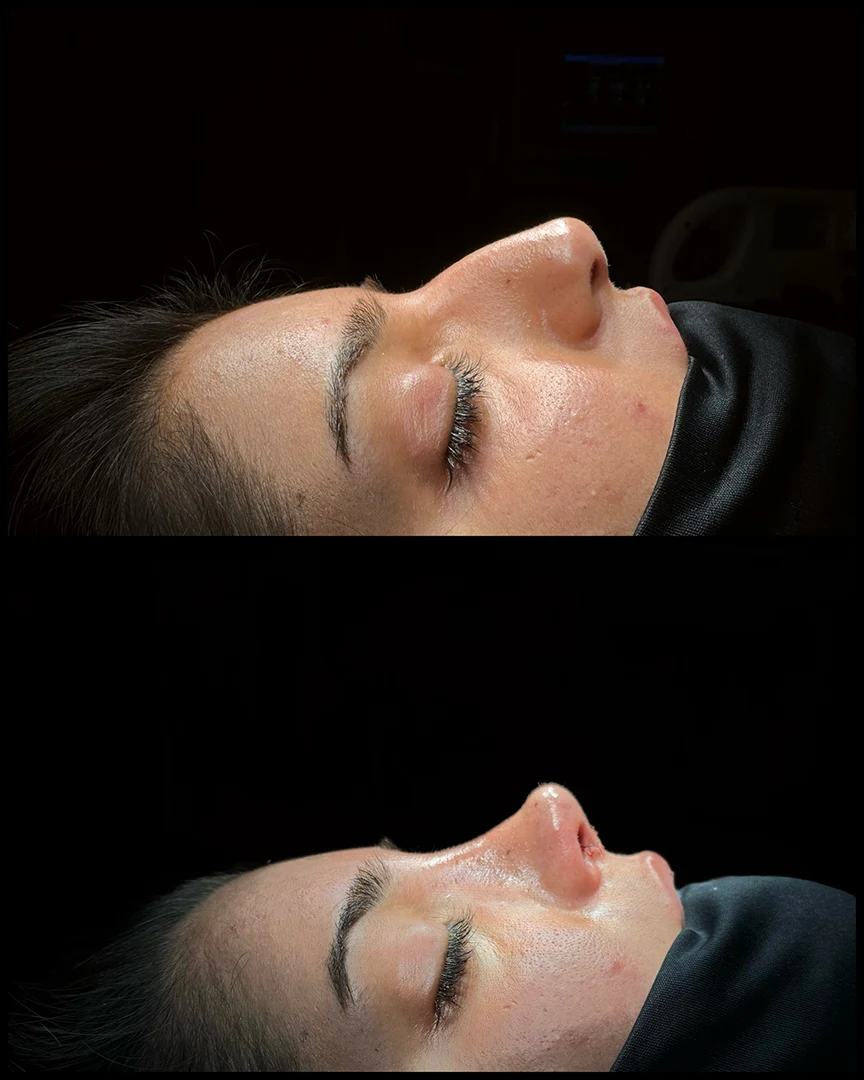




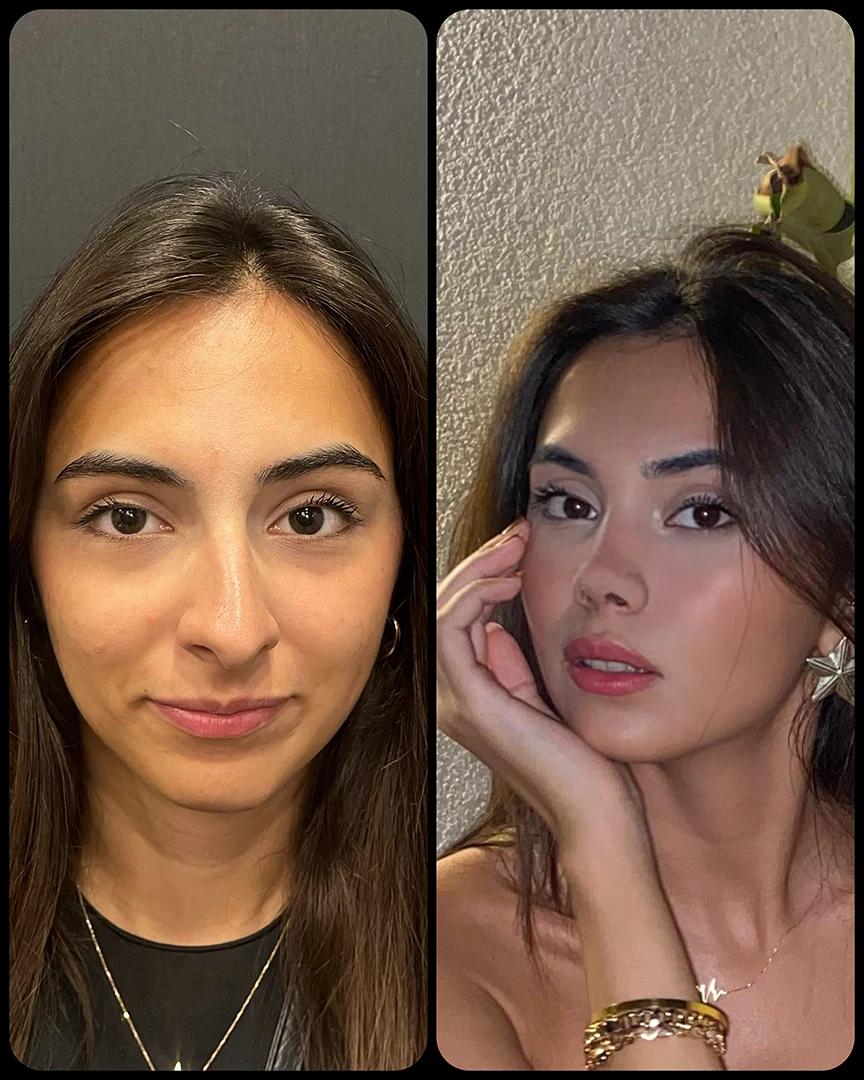


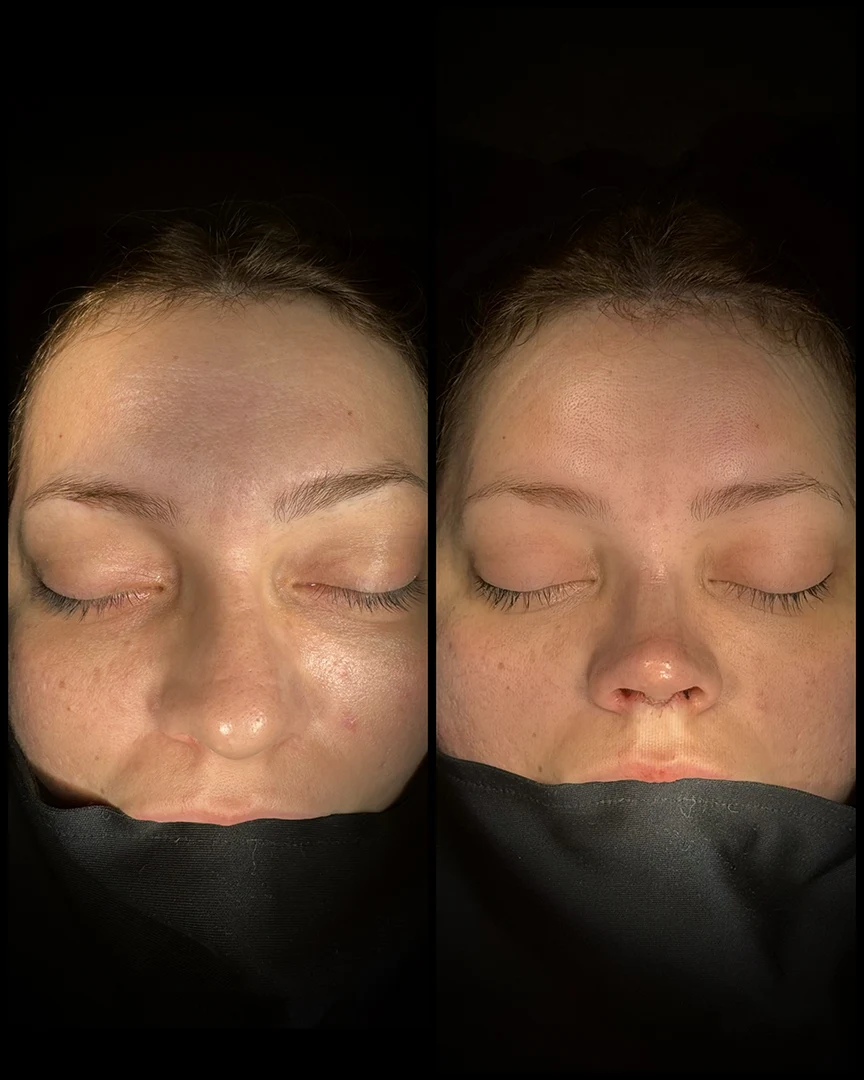


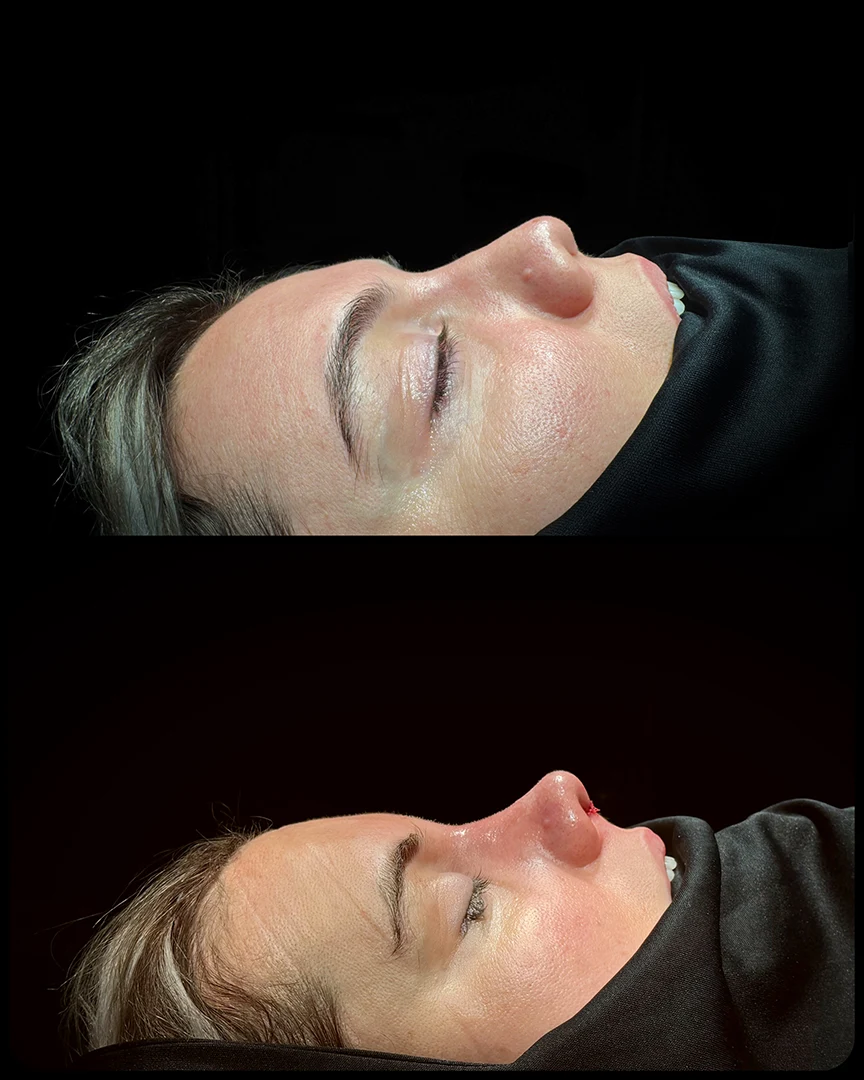





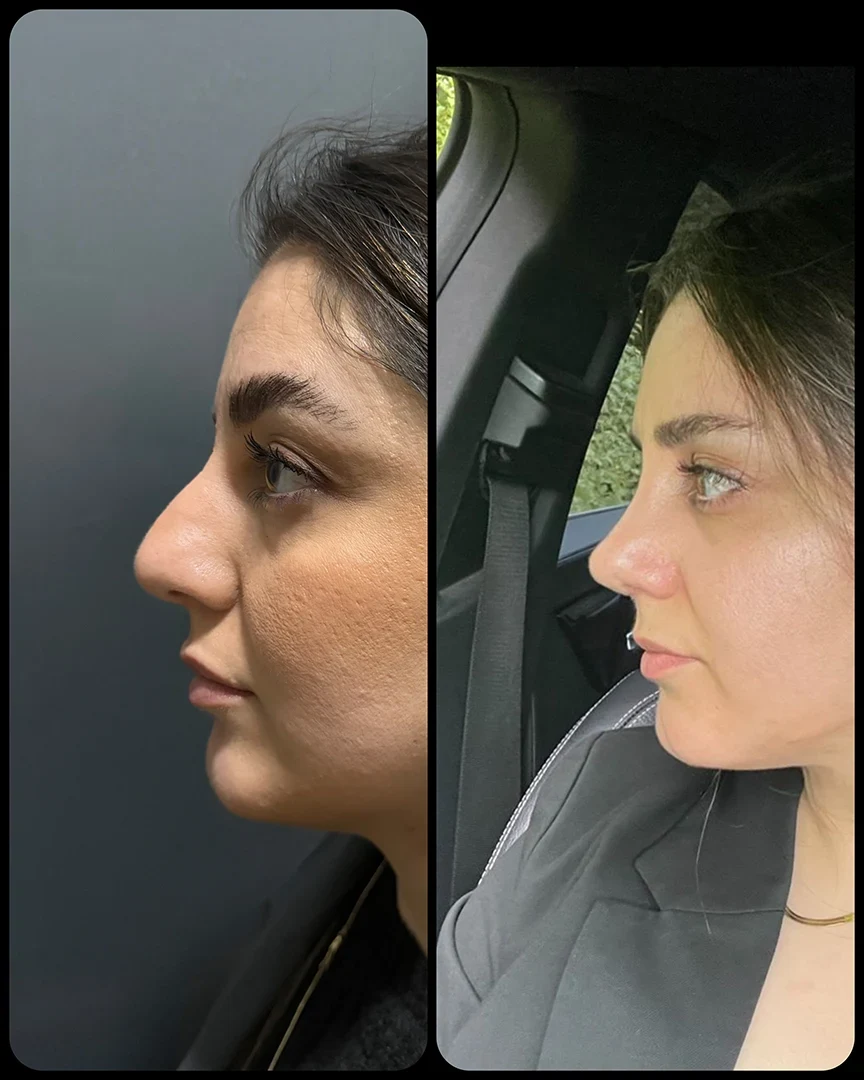








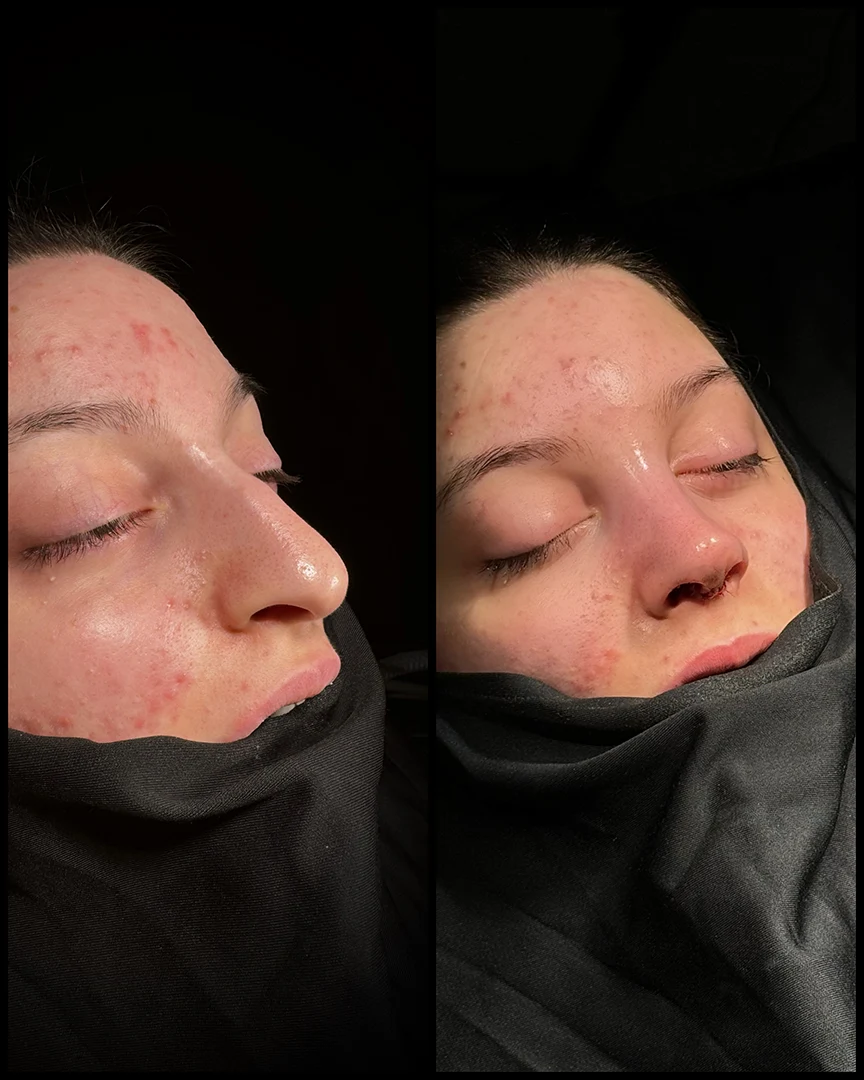




Is It Safe To Have Ethnic Rhinoplasty In Turkey?
Safety is a paramount concern when considering ethnic rhinoplasty in Turkey. The country is renowned for its advanced medical infrastructure and highly trained rhinoplasty surgeons specializing in ethnic rhinoplasty. With stringent regulations and rigorous standards in place, patient safety is prioritized throughout the surgical process. Turkish clinics and hospitals adhere to international protocols, ensuring a sterile and controlled environment for procedures.
Surgeons utilize state-of-the-art technology and follow meticulous surgical techniques to minimize risks and complications. Prior to the surgery, patients undergo comprehensive evaluations and consultations to determine their suitability for the procedure. Additionally, Turkey’s reputation as a popular destination for medical tourism attests to the trust and satisfaction of patients from around the world who have successfully undergone ethnic rhinoplasty in the country.
Why Is Ethnic Rhinoplasty Cheap In Turkey?
The affordability of ethnic rhinoplasty in Turkey can be attributed to several factors. Firstly, Turkey has a well-established healthcare infrastructure, allowing for efficient delivery of medical services at competitive prices. The lower cost of living and favorable exchange rates further contribute to the affordability of procedures. Additionally, the high volume of rhinoplasty surgeries performed in Turkey results in economies of scale, reducing overall costs.
The availability of skilled surgeons who specialize in ethnic rhinoplasty, coupled with the country’s reputation as a medical tourism destination, creates a competitive market that drives prices down. However, it is important to note that while the cost may be lower compared to other countries, the quality of care and the expertise of Turkish surgeons remain uncompromised, ensuring safe and satisfactory outcomes for patients seeking ethnic rhinoplasty.
What Affect the Cost of Ethnic Rhinoplasty?
Several important determinants could point toward the price of ethnic rhinoplasty. First, the quality of the surgeon seems to be a very important determinant; the specialist surgeon, who will deal with this particular ethnic nasal structure, may therefore charge higher prices than an average surgeon. Secondly, the technique to be used will also dictate the cost. Open rhinoplasty will tend to be required to take a more holistic approach than closed rhinoplasty; therefore, in the end, it may turn out to be more costly.
It also affects the pricing structure by the geographical location. Among the reasons that make the cost higher in regions with a high density of skilled ethnic rhinoplasty surgeons is high competition. In addition, the charges take into account the financial overview of the surgery, such as the anesthesia and facility charges.
Vital elements of the total cost are which anesthesia a person would opt for and fees charged by the surgical facility. Finally, a revision rhinoplasty, to be performed in order to correct or improve results from prior surgery, often translates to more complexity and thus incurred more costs. These combine to help shape the overall expenses involved in ethnic rhinoplasty.
| Country | Average Ethnic Rhinoplasty Cost (€) |
| United States | €16,000 – €32,000 |
| United Kingdom | €14,000 – €28,000 |
| Australia | €12,000 – €24,000 |
| Canada | €14,000 – €28,000 |
| Ireland | €13,000 – €26,000 |
| New Zealand | €11,000 – €22,000 |
| Turkey | €4,000 – €8,000 |
Ethnic Rhinoplasty Reviews
Awards

















